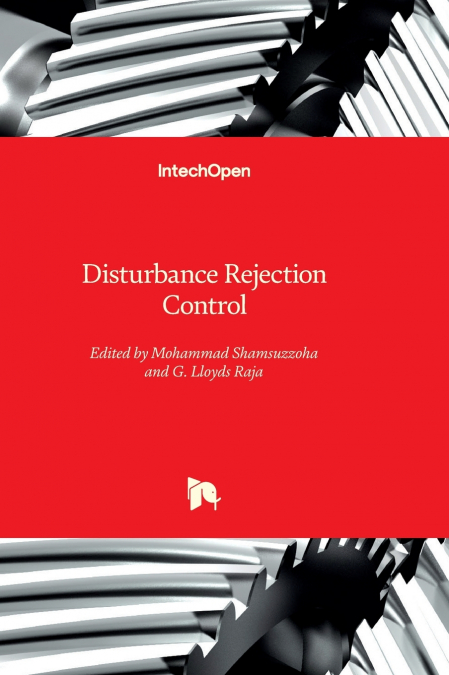
A dynamic system’s performance and stability can be significantly impacted by regular disturbance. Techniques for disturbance rejection control aim to reduce the effects of disturbances while maintaining desired system behavior. This book explores the definition, objectives, mechanisms of control, and applications of disturbance rejection control. It also examines the theoretical underpinnings and practical implementations of various disturbance rejection control systems with a focus on the significance of flexibility and resilience. Disturbances will occur in any dynamic system and they can be brought on by both internal and external uncertainties. The performance of the system is significantly impacted by these interruptions, which can also cause it to depart from intended set points or trajectories. To mitigate the impact of disturbances and maintain desired system behavior, disturbance rejection control mechanisms are employed. This book provides a summary of disturbance rejection control and its importance in numerous applications.